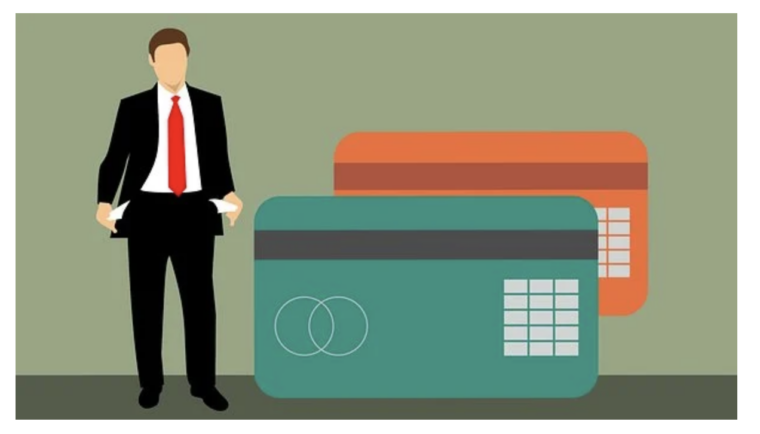How to Comply With Payroll Record Keeping Requirements
When keeping payroll records, it is essential to pay attention to the changing requirements. Employers are advised to work with counsel who may help promote compliance with their state and the federal government. Every location has unique regulations, and it is your responsibility to know them.
Every organization, no matter how big or small, needs to develop a program for effective records management. It should address the people who can access essential records and the form they need to be kept. This guidance needs to be recorded in both paper and electronic form. Here are a few tips for complying with payroll record-keeping requirements.

source:https://cdn.pixabay.com/photo/2018/03/12/08/51/payroll-3219081__340.jpg
-
Understand the Fair Labor Standards Act (FLSA)
First, employers need to understand and comply with the FLSA requirements. Once they have this covered, they can go on to research state-specific regulations. If you have trouble understanding FLSA requirements, consider seeking the opinion of a professional. Getting the help of an attorney is especially important for national or multistate employers. The right lawyers will let you know what payroll documents need to be stored, how long your company should retain them, and where you should retain them.
-
Read
When you are an employer, reading is always a good idea. It is the best way to ensure that you remain compliant with payroll record-keeping requirements. Find relevant resources and read them. They will help you understand the payroll documents you need to keep, how you should keep them, and how long you need to keep them.
Read about both state and FLSA requirements to avoid confusion. Fortunately, there is plenty of helpful material on the internet.
-
Streamline Employee Onboarding and Issue Pay Stubs to Employees
When you first bring employees on board, they need to fill out W4 and I9 as part of the onboarding process. This way, you will always have the information at hand when you need it.
Tie the onboarding process to employee time tracking and payroll systems. When everything is integrated, you can run your systems smoothly. You can easily spot errors and retrieve data. Using a check stub maker will help you keep track of your employees’ payroll data with no hassle.
-
Understand the Forms
All employers need to get familiar with payroll-related forms. Knowing the forms is just as important as knowing the relevant agencies. You need to know the essential record-keeping and tax documents as they are intertwined. Here are a few of the most critical documents to get familiar with:
-
I9
This is the Employment Eligibility Status form. The Department of Homeland Security oversees it. Employers need it as it indicates the legal/immigration status of their employees.
-
W2
This form is also referred to as the Wage and Tax Statement. It is an IRS form, and employers need to fill it out for all their employees.
-
W4
This is an IRS for too. It is filled out by employees and submitted to their employers. It informs the employer of the amount they need to withhold in taxes.
-
Create a List
While this may seem like a lot of work, it may be necessary. Create a spreadsheet of all documents that need to be retained or submitted by every employee. Write a separate list of those that are required of you. Although there is software for this, creating a list is an extra step that will promote compliance.
With payroll record-keeping compliance, there are a few critical considerations. Even though it is possible to work alone, you are advised to work with useful software and professionals. Essential tips include understanding FLSA and state-specific requirements, creating a list of the relevant documents, using a check stub maker, and reading widely.
